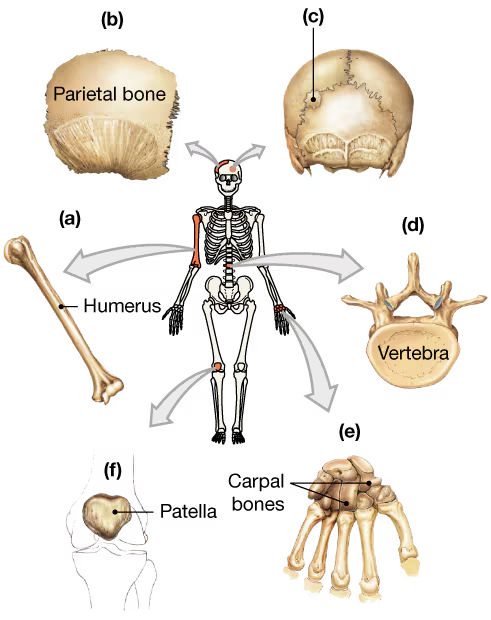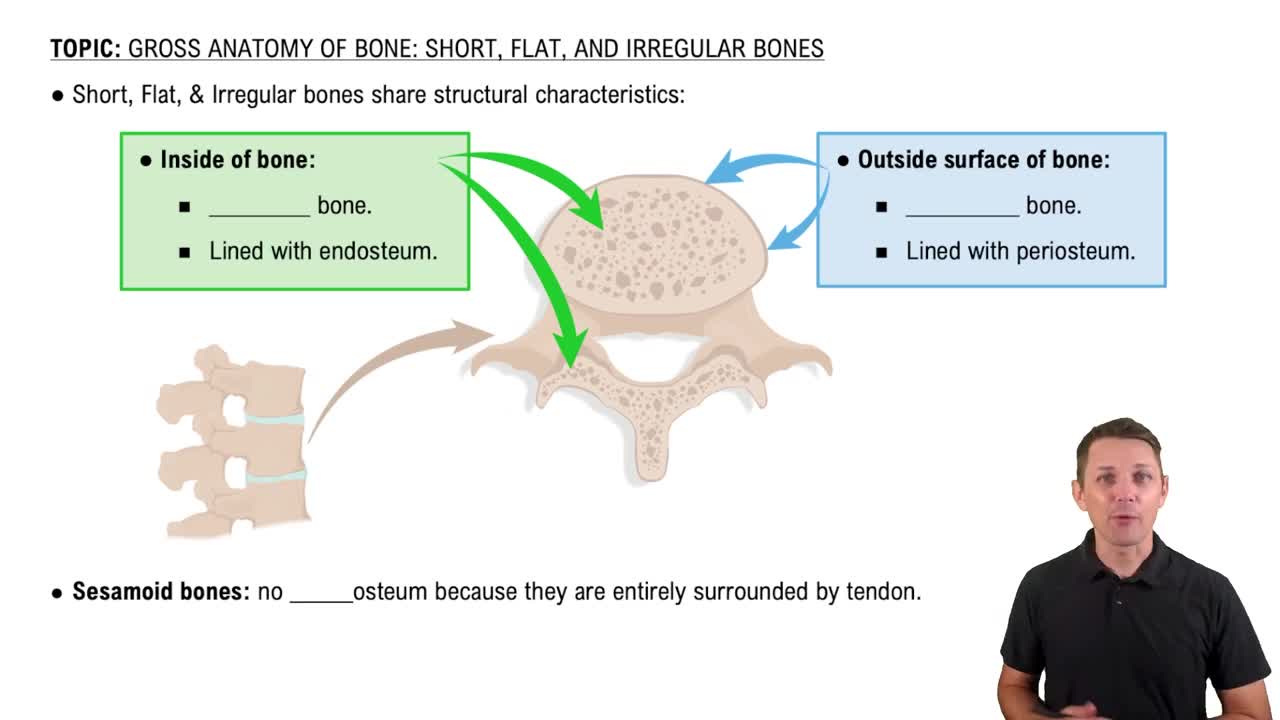Multiple Choice
Which of the following bones is accurately described as an irregular bone?
163
views

 Verified step by step guidance
Verified step by step guidance Verified video answer for a similar problem:
Verified video answer for a similar problem:



 2:58m
2:58mMaster Short, Flat, and Irregular Bones with a bite sized video explanation from Bruce Bryan
Start learning